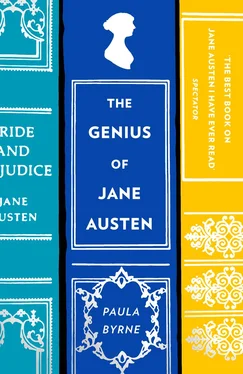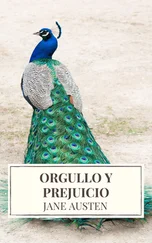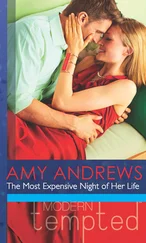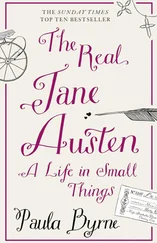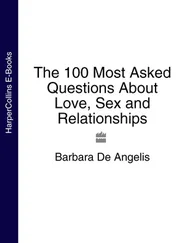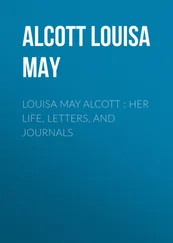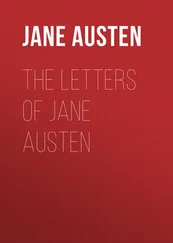1 ...8 9 10 12 13 14 ...24 The other significant event in these later years took place in 1809. It was then, only two years before starting work on Mansfield Park , that Austen acted the part of Mrs Candour in Sheridan’s School for Scandal . In writing of Sir William Heathcote of Hursley Park, Hampshire, in 1898, the novelist Charlotte M. Yonge recalled: ‘His mother was Elizabeth, daughter of Lovelace Bigg-Wither of Manydown Park in the same country … She lived chiefly in Winchester, and it may be interesting that her son remembered being at a Twelfth day party where Jane Austen drew the character of Mrs Candour, and assumed the part with great spirit.’ 81
There is no reason to doubt this evidence. Jane Austen’s friendship with the Manydown family lasted all her life. Both she and Cassandra often used to spend the night at Manydown when they attended the Basingstoke balls as girls. Jane informed Cassandra of a twelfth day party at Manydown in her letter to Cassandra of 27 December 1808:
I was happy to hear, cheifly [ sic ] for Anna’s sake, that a Ball at Manydown was once more in agitation; it is called a Child’s Ball, & given by Mrs Heathcote to Wm – such was its’ beginning at least – but it will probably swell into something more … it is to take place between this & twelfth-day. ( Letters , p. 160)
The postscript to her next letter (10 January 1809) suggests that she attended the festivities: ‘The Manydown Ball was a smaller thing than I expected, but it seems to have made Anna very happy. At her age it would not have done for me ’ ( Letters , p. 165). If this was the same party that Sir William recollected, then Jane Austen was acting in a Sheridan play only two years before she began writing Mansfield Park . This would seem to be still stronger evidence against the notion that the novel offers an unequivocal condemnation of amateur theatricals.
Jane Austen’s artistic development was clearly influenced by the vogue for private theatricals that swept Britain in the late eighteenth and early nineteenth century. Contrary to popular belief, it was not merely as a passive spectator that she was exposed to private theatricals as a young girl. Her plays show that she was actively engaged in the amateur dramatics at Steventon, and her involvement in private theatricals in Kent, Southampton and Winchester confirm an interest that was to be crystallised in the writing of Mansfield Park .
2
In 1790 Jane Austen wrote Love and Freindship , a parody of the popular heroine-centred, sentimental novel. The cast of characters includes two strolling actors, Philander and Gustavus, who eventually become stars of the London stage. As a final joke, these two fictional characters are transformed into real figures: ‘Philander and Gustavus, after having raised their reputation by their performance in the theatrical line in Edinburgh, removed to Covent Garden, where they still exhibit under the assumed names of Lewis & Quick ’ ( MW , p. 109).
William Thomas (‘Gentleman’) Lewis (1748–1811) and John Quick (1748–1831) were well-known comic actors of the Covent Garden Company. The roles of Faulkland and Bob Acres in Sheridan’s The Rivals were created for them, and Quick was also the original Tony Lumpkin in Goldsmith’s She Stoops to Conquer . ‘Gentleman’ Lewis earned his appellation for his rendering of refined roles. A fellow actor, G. F. Cooke, called him ‘the unrivalled favorite of the comic muse in all that was frolic, gay, humorous, whimsical, and at the same time elegant’. 1Leigh Hunt considered that ‘vulgarity seems impossible to an actor of his manners’, 2and Hazlitt’s testimony ranked him high above the comedians of his day: ‘gay, fluttering, hare-brained Lewis … all life and fashion, and volubility, and whim; the greatest comic mannerist that perhaps ever lived.’ 3
Quick, conversely, was a fine ‘low’ actor, ‘the prince of low comedians’. 4He was a diminutive man who breathed life into the roles of clowns, rustics and servants before he became famous with his performance of Tony Lumpkin. Unsurpassed in playing old men, he was George III’s favourite actor. 5Hazlitt records that he ‘made an excellent self-important, busy, strutting, money-getting citizen; or a crusty old guardian, in a brown suit and a bob-wig’. 6
By the 1790s Lewis and Quick were among the highest-paid actors in the Covent Garden Company. 7Austen’s reference to this comic duo reveals her knowledge of the contemporary stars of the London stage, and suggests the young girl’s eagerness to be included in the theatre-loving clan of her brothers and her cousin Eliza de Feuillide, to whom Love and Freindship was dedicated ( MW , p. 76). The joke is more than merely a glancing and amusing allusion to an immensely popular pair of eighteenth-century comedians: it also reveals a striking and specific interest in the nuanced world of high and low comedy in the late Georgian theatre. This interest was to have a strong influence on Austen’s comic vision. As will be demonstrated, her sense of the interplay between genteel characters and low ones was an important part of her awareness of how comedy works.
The first reference to the professional theatre in Austen’s letters is a mention of Astley’s Theatre in London, in August 1796: ‘We are to be at Astley’s tonight, which I am glad of’ ( Letters , p. 5). The history of this theatre, and its importance in the growth of the illegitimate stage, has been overlooked by Austen scholars.
Astley’s Amphitheatre was an equestrian theatre built on the south side of the river in Lambeth by Philip Astley in 1770. 8When first opened it was merely an open-air circus ring with covered seats. By 1780 Astley had roofed over the whole of his ring, which was now called the Amphitheatre Riding House. It was renamed the Royal Grove in 1784, when Astley obtained a royal patent, and in 1787, he added ‘burletta’ to his amphitheatre licence. 9It was popular not only for equestrian events, but for acrobatics, swordsmanship, musical interludes, songs and dancing. In 1794 the amphitheatre was burnt to the ground. It was rebuilt in the following year with the new name, the Amphitheatre of Arts. 10In 1796, when the Austens visited Astley’s, the entertainment was more elaborate than ever before. Thirty-five new acts were advertised, and, as a special attraction, two Catawba Indian chiefs performed dances and tomahawk exercises. 11Astley’s Amphitheatre survived two fires and lasted until 1841.
As with many of the minor, unpatented London theatres, Astley’s circumvented the licensing laws by exploiting the ambiguity of the term ‘burletta’ and slipping in straight plays among the main entertainments. 12The Licensing Act of 1737 confined legitimate theatrical performances to two patent playhouses in London, Drury Lane and Covent Garden. The Act prohibited the performances of plays elsewhere for ‘hire, gain or reward’ and gave the Lord Chamberlain statutory powers to examine all plays. 13The monopoly of the patents was broken in 1740, however, by Henry Giffard who re-established his theatre in Goodman’s Fields and avoided the ‘hire, gain or reward’ clause by claiming to charge only for the music and giving the play free. The authorities tolerated Giffard’s theatre until David Garrick joined the company in 1741. The unprecedented success of Giffard’s new actor ensured that both he and Garrick were offered engagements at Drury Lane, and Goodman’s Fields was closed once more.
Giffard had demonstrated that the law could be circumvented. Other theatre managers followed suit and found ways of evading the £50 fine and the threat of the loss of their licence. Samuel Foote sold tickets inviting the public to ‘drink a dish of chocolate with him’ at noon, and provided entertainments free of charge, thereby inventing the matinee. This led to his obtaining a summer patent for his Little Theatre in the Haymarket in 1766. 14
Читать дальше
